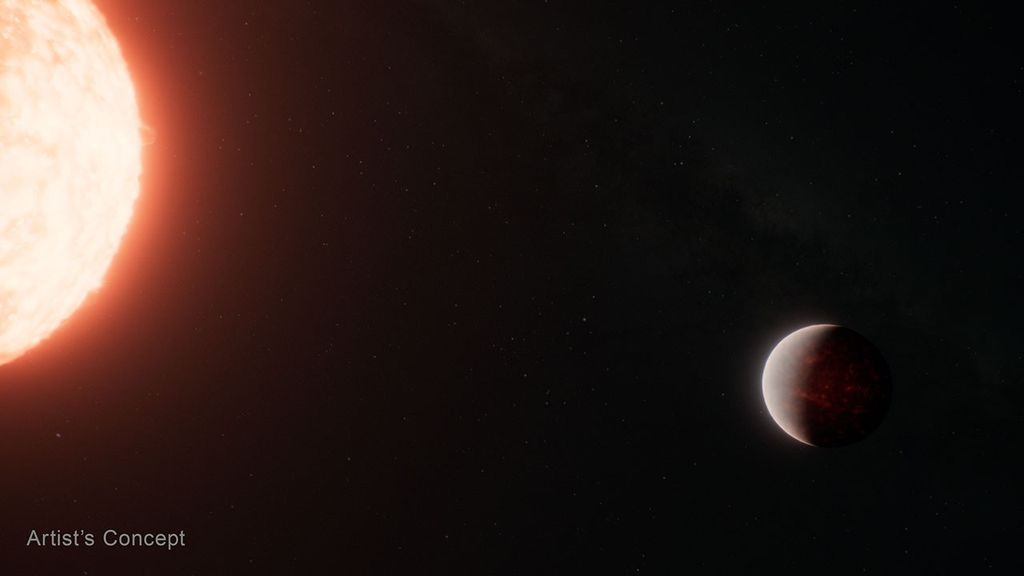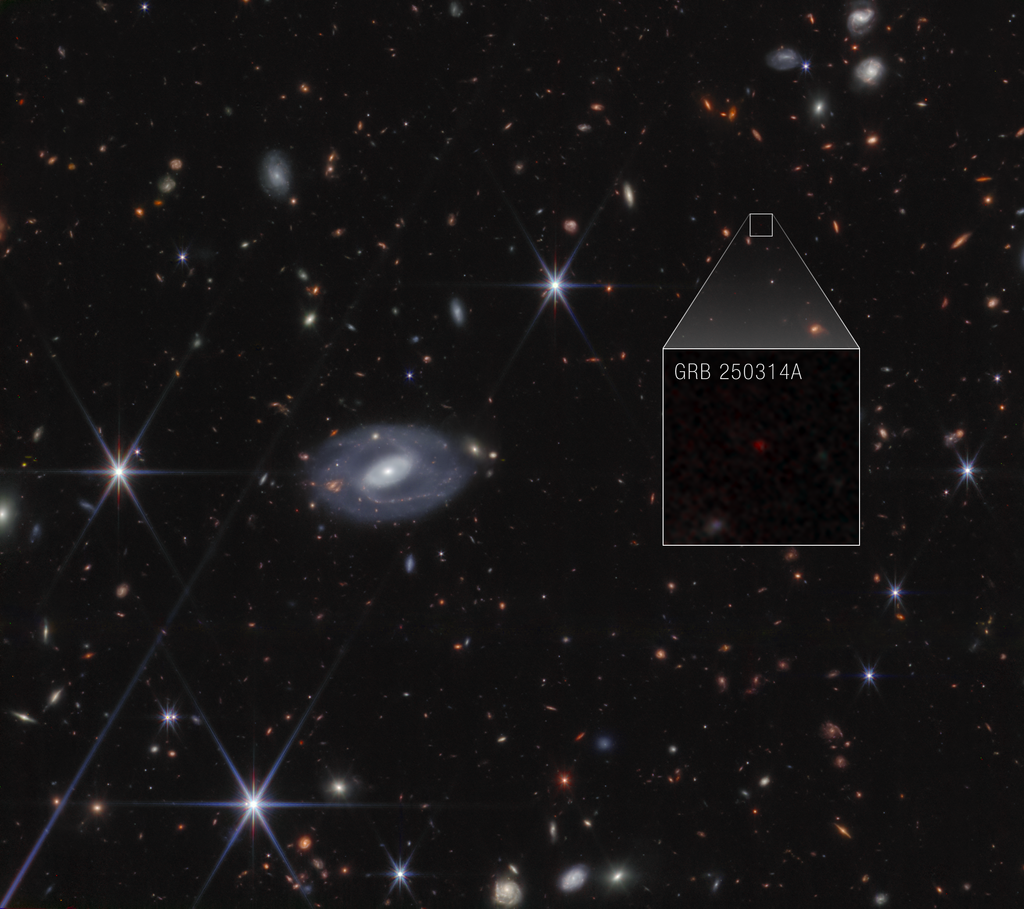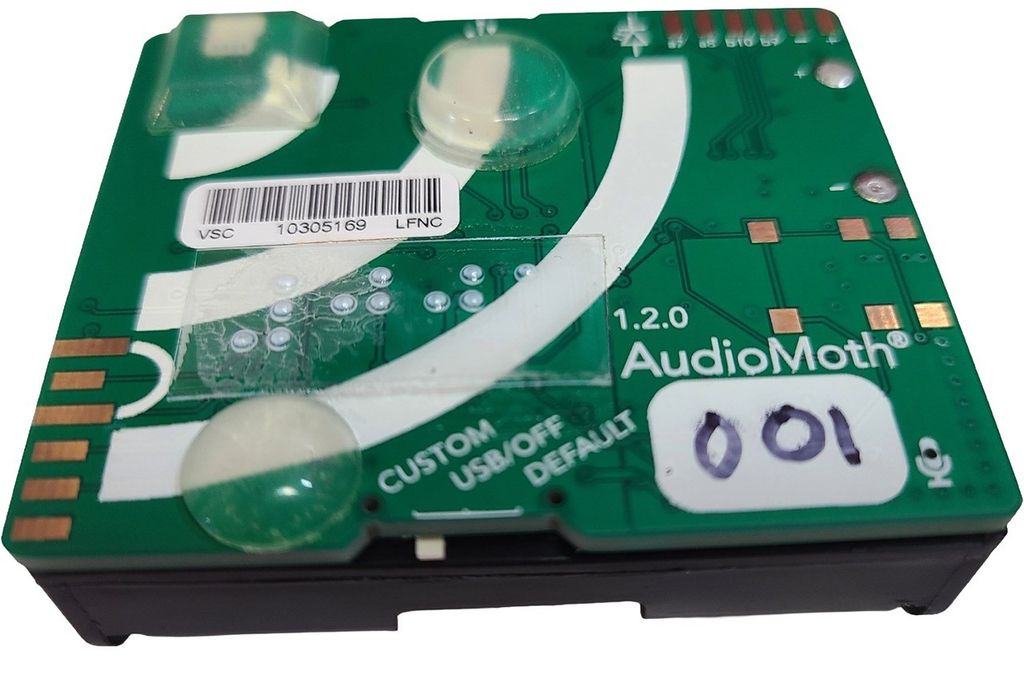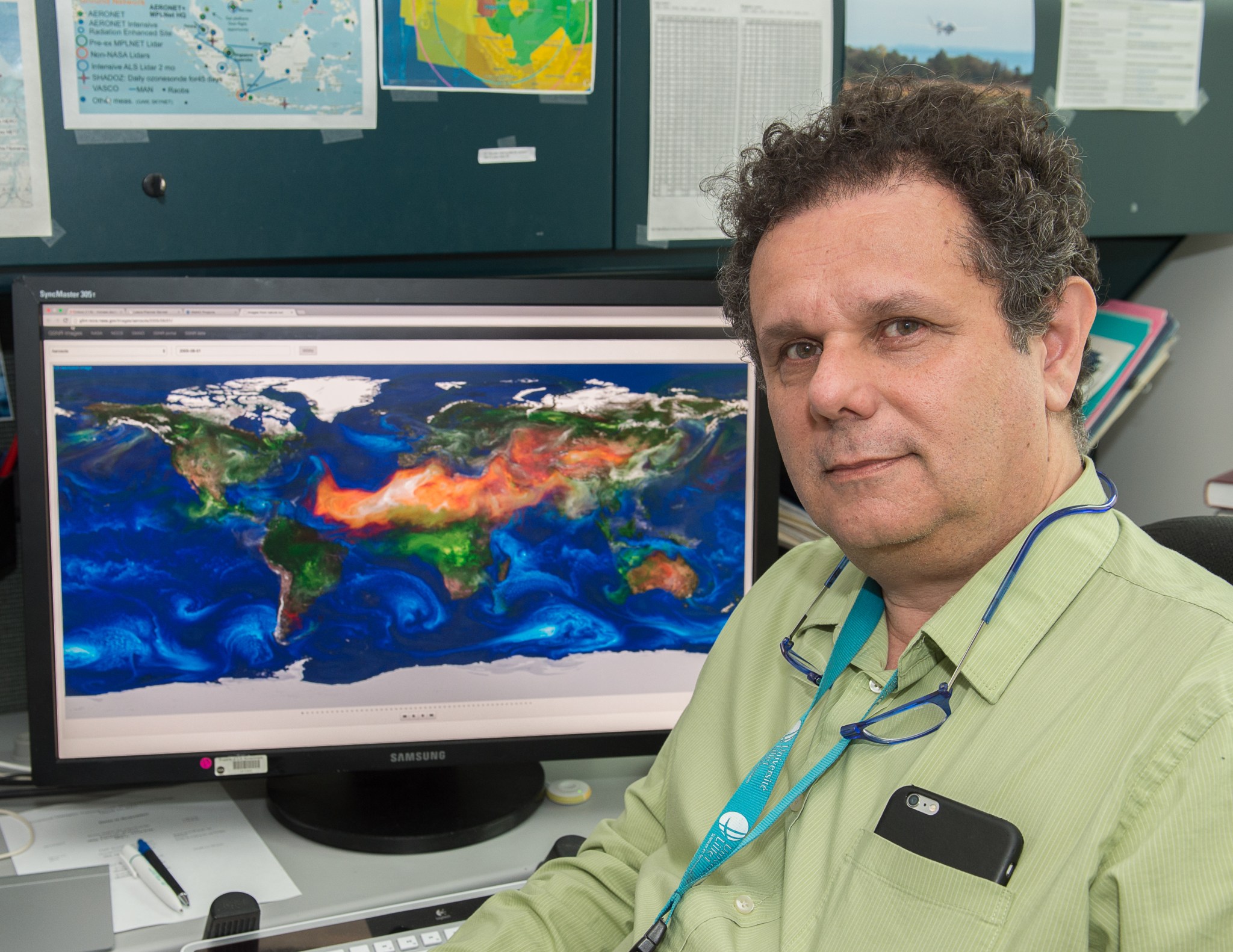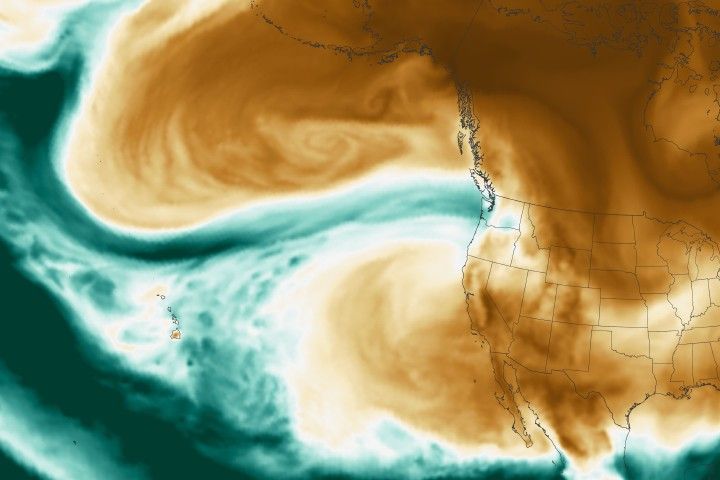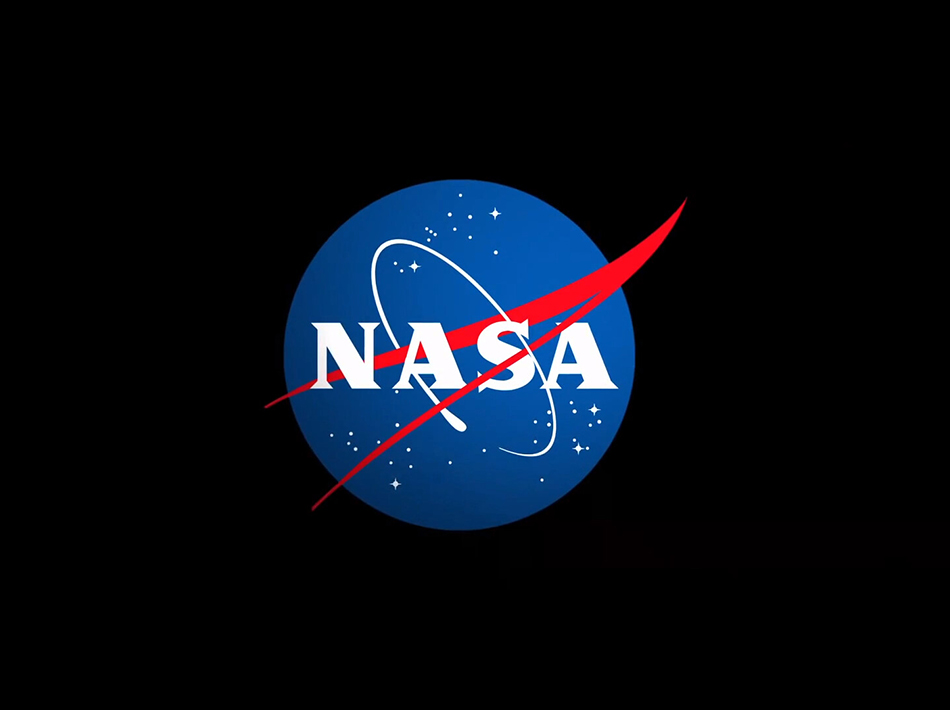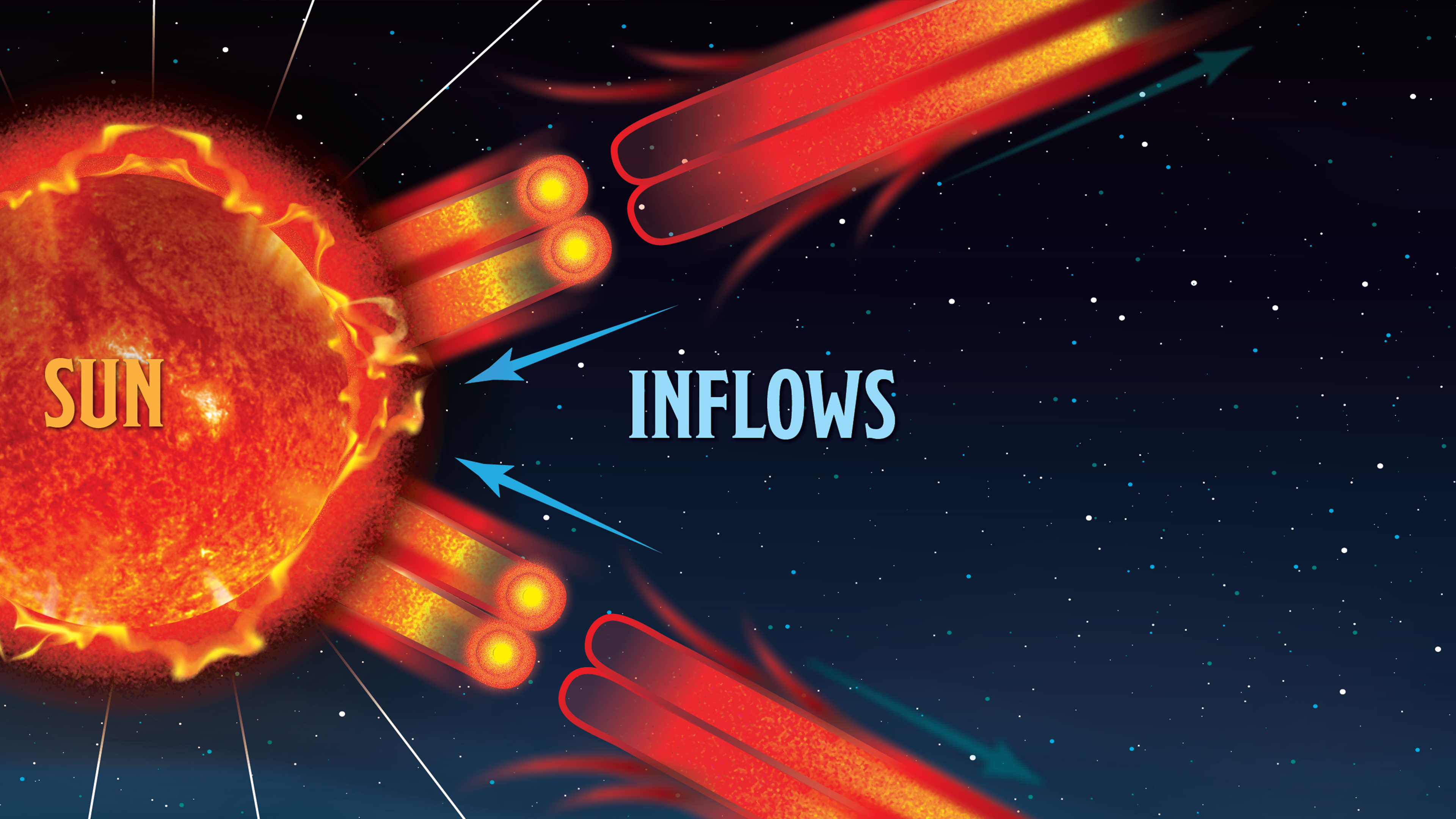Name: Arlindo da Silva
Formal Job Classification: Research meteorologist
Organization: Code 610.1, Global Modeling and Assimilation Office, Earth Science Division
Atmospheric scientist Arlindo da Silva is a chemical weather forecaster.
What do you do and what is most interesting about your role here at Goddard? How do you help support Goddard’s mission?
I lead the atmospheric aerosol modeling and data assimilation group within our office. We work the same way as weather forecasters except that we focus on the chemical weather. We analyze the tremendous amounts of data from our satellites and ground sites and assimilate these measurements into Earth system models. Our goal is to make our climate models as accurate as possible so that we can use them to make accurate forecasts of atmospheric constituents such as mineral dust or ozone. Our chemical forecasts range from daily to about 10 days in the future. Our near-real-time predictions are done primarily to support NASA aircraft campaigns.
In addition, we are also reanalyzing the past climate record to reconstruct the state of the atmosphere from 1979 forwards based on satellite and ground data. A better depiction of the climate record helps us better understand how the Earth’s system worked in the past and better positions us to understand climate change.
We are also involved in helping NASA plan new satellite observing missions. We use our Earth system models to simulate measurements to be made by future instruments, exploring the possible benefits of new observing platforms. Once the mission is in development, these observing system simulations are useful in deciding among competing design alternatives. By getting involved with a mission in the early stages, we are able to offer the point of view of the eventual users of the data.
After over 20 years at Goddard, what is your newest responsibility?
I recently became the NASA science study lead for the Aerosol- Cloud-Ecosystem (ACE) Mission, a Decadal Survey mission in the pre-formulation stage. ACE was recommended in the 2007 Earth Sciences Decadal Survey by the National Research Council. Every decade, NASA requests advice from the National Academy of Sciences regarding overall research direction which results in a decadal survey.
If confirmed, ACE will study aerosols, clouds, ocean ecosystems and the interaction among them. One of the main goals of ACE is to reduce the uncertainty in climate forcing due to aerosol-cloud interactions and ocean ecosystem CO2 uptake. To obtain accurate ocean surface measurements, we must first understand what is occurring in the air and clouds above the ocean. A proper measurement of the ocean surface requires the removal of any atmospheric effect above it such as the dimming of sunlight by desert dust, just one of the many synergisms in ACE.
ACE would be the most sophisticated collection of instruments making simultaneous measurements of aerosols, clouds and ocean color. Although similar instruments exist independently, ACE will provide a common platform.
Have you been involved with aircraft campaigns?
Our office has supported many, many aircraft field campaigns over the years. We often go into the field as part of the chemical weather forecasting team, a critical function for flight planning.
In 2013, we had a very active biomass burning season with a considerable number of wildfires in the western United States. We flew planes over the smoke and all over the U.S. to measure smoke, the North American monsoon and the transport of pollutants over North America.
Our research aircraft are modified to accommodate specialized instruments. Each instrument is usually accompanied by its own scientist. Others onboard include an overall flight scientist, pilot and other guest scientists associated with the mission.
Aircraft campaigns are also often also used to prototype remote-sensing instruments. We overfly strategically located ground sites to fully validate the instruments and collect a wealth of measurements from multiple platforms to answer very specific science questions. A successful airborne instrument may be on its way to graduate into a space-certified model for flying on future space platforms. Flying on an aircraft is often a rite of passage for most of our instruments.
Why did you choose your profession?
Since I was very young, I wanted to be a scientist. I grew up in Rio de Janeiro, Brazil. My first full-time job as a teenager was working in an accounting office which made it even clearer that my calling was in the physical sciences.
How did you come to Goddard?
I went to Catholic University in Rio and majored in physics. I stayed to get a master’s degree in physics and worked as a research assistant in applied mathematics for a faculty member who had connections with NASA Goddard developing numerical methods for weather prediction. Through this experience, I was introduced to dynamic meteorology and atmospheric sciences in general. Then I went to the Massachusetts Institute of Technology to get a PhD in meteorology followed by a post doc at Princeton’s Geophysical Fluid Dynamics Laboratory. After that, I became was an Assistant Professor in atmospheric science at the University of Wisconsin in Milwaukee.
Through my connection with NASA Goddard, I learned about an opening in Goddard’s Data Assimilation Office.
And that’s how I came to this incredible Earth science center that is Goddard.
Who is the most interesting person you have met at Goddard over the last 21 years?
Without a doubt that would be my wife, Joanna Joiner, who is also an atmospheric scientist at Goddard’s Atmospheric Chemistry and Dynamics Lab.
What made you feel part of Goddard?
I felt privileged to work on the Columbia accident investigation. We provided information about the atmospheric environment during space shuttle Columbia’s fateful reentry in 2003. There were no atmospheric anomalies that could explain the incident, but we had to find out.
By Elizabeth M. Jarrell
NASA’s Goddard Space Flight Center, Greenbelt, Md.

Conversations With Goddard is a collection of Q&A profiles highlighting the breadth and depth of NASA’s Goddard Space Flight Center’s talented and diverse workforce. The Conversations have been published twice a month on average since May 2011. Read past editions on Goddard’s “Our People” webpage.














